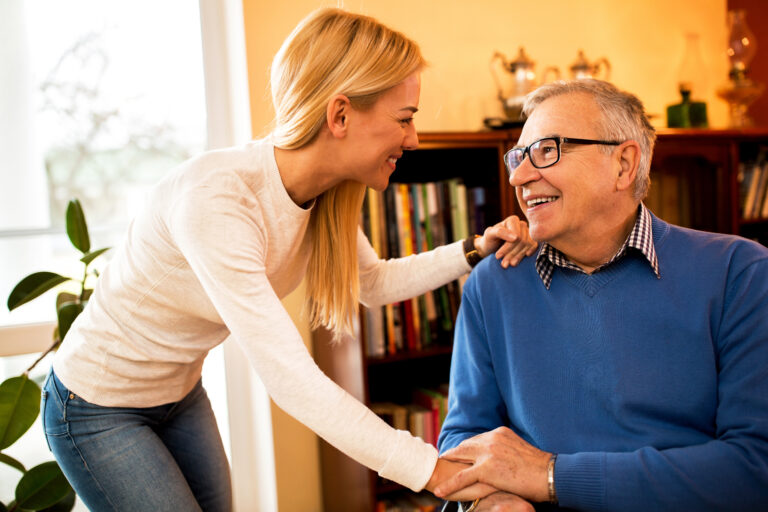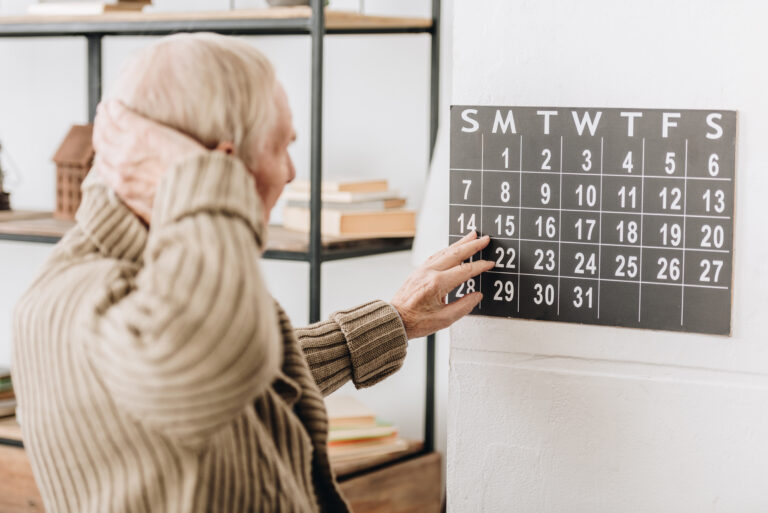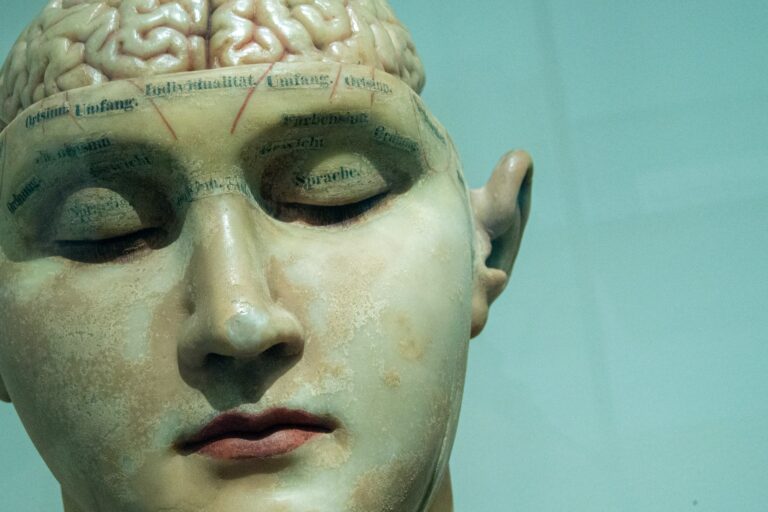Running immediately after eating is generally not recommended, especially intense running, because it can cause discomfort such as stomach cramps, nausea, or indigestion. However, light to moderate activity like walking after a meal can be beneficial, particularly for blood sugar control and digestion.
When you eat, your body directs blood flow to the digestive system to help break down food and absorb nutrients. Running right after eating can divert blood flow away from the stomach and intestines, potentially causing gastrointestinal discomfort. This is why many people experience cramps or a “side stitch” if they run too soon after a meal.
From a medical perspective, light activity after eating can actually help regulate blood sugar levels. After a meal, blood glucose typically spikes within about 90 minutes. Engaging in light exercise, such as walking, can increase insulin sensitivity and help muscles absorb glucose more efficiently, reducing the blood sugar spike. This is especially important for people with diabetes or insulin resistance, as post-meal exercise can lower the risk of heart disease and other complications by stabilizing blood sugar levels[1][2][7].
The American Diabetes Association recommends regular exercise to improve insulin sensitivity and blood sugar control. Exercising soon after eating, particularly light to moderate activity, can be part of this strategy. However, intense exercise like running is better timed at least 1 to 2 hours after a substantial meal to avoid discomfort and optimize performance[2].
Regarding the myth that exercising immediately after eating burns off the calories you just consumed, this effect is minimal. While movement does burn some glucose from the bloodstream, it is not enough to significantly offset calorie intake. The main benefit of post-meal activity is improved glucose metabolism rather than calorie burning[1].
For those who want to run after eating, the timing and meal size matter:
– **Small snacks or light meals:** Running within 30 minutes to an hour may be tolerable for some people, especially if the food is easily digestible and low in fat and fiber.
– **Large or heavy meals:** Waiting 1.5 to 2 hours before running is advisable to allow digestion and reduce the risk of gastrointestinal issues.
– **Individual tolerance:** Some people can run sooner after eating without problems, while others need more time. Listening to your body is key.
If you experience post-meal sleepiness (sometimes called a “food coma”), this is not caused by blood being diverted from the brain but likely due to hormonal and circadian factors. Light activity after eating can help counteract this drowsiness and improve alertness[3].
In summary, running immediately after eating is not ideal due to potential digestive discomfort and limited benefits in calorie burning. Light activity like walking after meals is supported by medical research for improving blood sugar control and digestion. For running, waiting at least 1 to 2 hours after a large meal is generally recommended, but small meals or snacks may allow for shorter wait times depending on individual tolerance.
—
**Sources:**
[1] Should You Exercise After Eating? Doctors Bust the Biggest Myths – YouTube
[2] Blood Sugar Control and Exercising After Meals – Cleveland Clinic
[3] What Is a Food Coma (Postprandial Somnolence)? – Cleveland Clinic
[7] Walking After Eating: How It Could Help You Lose Weight – Women’s Health UK





